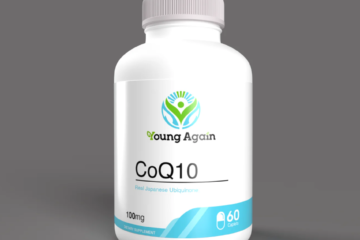The Science Behind Cheek Fillers

Cheek fillers, a popular cosmetic treatment, employ advanced scientific principles to achieve their rejuvenating effects. Understanding the science behind these fillers elucidates their mechanism of action in restoring volume and reducing nasolabial folds.

Hyaluronic Acid and Collagen
Cheek fillers primarily consist of either hyaluronic acid or collagen-based formulations. Hyaluronic acid, a naturally occurring substance in the body, attracts and retains moisture, plumping the skin. Collagen, another common filler material, provides structural support to the skin, enhancing its elasticity. Both substances work by replenishing lost volume and stimulating collagen production, contributing to a lifted appearance in the cheeks.
Injection Technique
The precise injection technique is crucial for achieving optimal results with cheek fillers. Skilled practitioners strategically inject the filler into specific areas of the cheeks, carefully contouring and sculpting to achieve the desired lift. By targeting precise locations, they mitigate the appearance of nasolabial folds while restoring youthful fullness to the cheeks.
Conclusion
In conclusion, the science underlying cheek fillers involves the use of hyaluronic acid or collagen-based substances to restore volume and vitality to the cheeks. This process, coupled with expert injection techniques, yields effective results in reducing nasolabial folds and rejuvenating the face. Understanding the scientific principles behind cheek fillers underscores their efficacy in facial rejuvenation.










